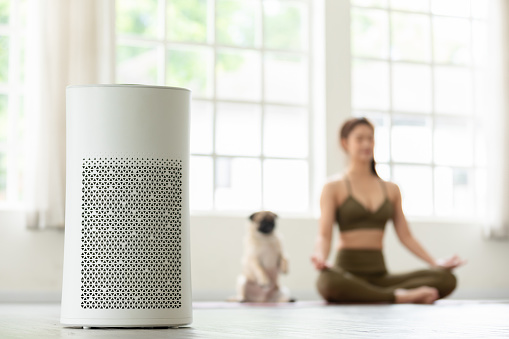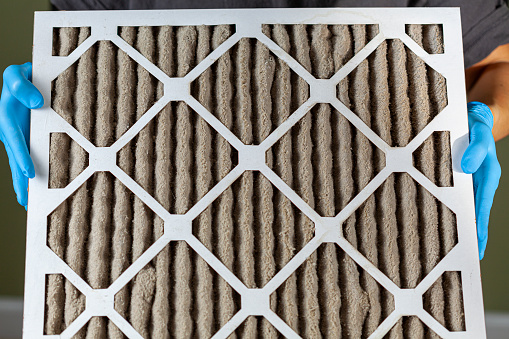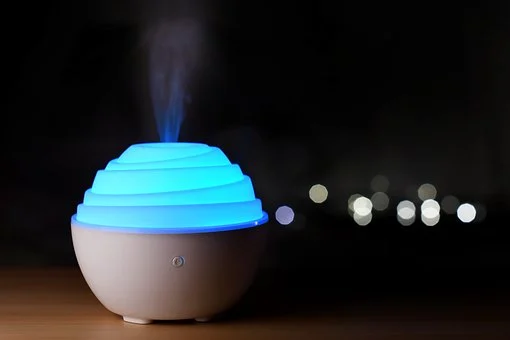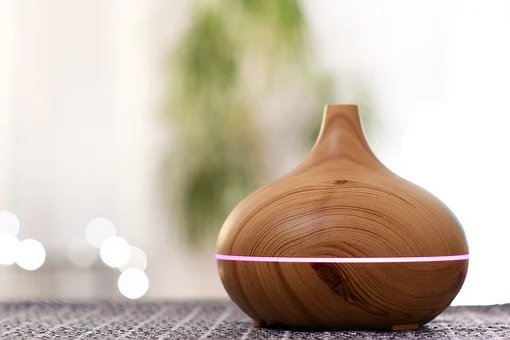With the number of allergens and pollutants present, air purifiers have become vital for indoor areas. Furthermore, in metropolitan cities, living close to nature has become increasingly difficult. Therefore, the increased degree of pollution has necessitated air purifiers, as fresh air is nearly non-existent. In this scenario, air purifiers have shown to be highly beneficial to everyone.
The air filter material is mainly the filtering component used in the air filters and primarily depends on how it is being used. You can choose from various kinds of materials for the air filters, and each of these materials is designed to collect multiple forms of particles in the air.
The indoor air happens to be even more polluted than the air outside. Exposure to impure air only puts your health at risk. Using the air purifier will help make the indoor air fresh and healthy, and you can enjoy a good quality of air in the indoor spaces. Thus, here is a brief guide on selecting the best material for your return air filter grille and diffusers so that you can enjoy the best quality air indoors.
What Does an Air Purifier Do?
The air present indoors is even more unhealthy than the outdoor air. Several household products such as inkjet printers, cleaning agents, and deodorants pollute the indoor air. People with respiratory problems such as asthma and dust allergy are advised to keep an air purifier. It is not just for the adults, but it is advised if you have kids at home. Air purifiers can control air quality and get rid of pollen, allergen, dust, pet hair, etc. It can also absorb the unpleasant odor from the varnishing or paints.

Ways to Select the Best Air Filter Material
You cannot deny that the current air quality is deteriorating fast due to increased air pollution. So, you have to ensure that the air filter material you have chosen is of the best quality. The material mainly depends on its application. You may select from various kinds of air filter material, which is described further below.
Ionic Air Filters
The ionic air filters are also known as air ionizers, and they depend on the voltage to charge the air molecules. Generally, this type of air filter material produces anions that are negatively charged ions. Therefore, it attracts the particles present in the air like static electricity. When the impure air particles contact the anions, they get deionized and removed from the air stream. The ionic air filter material is mainly used in commercial air purifiers.
HEPA Air Filters
HEPA or high-efficiency particulate absorbing air filters are much more effective and robust compared to the ionic ones. HEPA filters are exceptionally effective air sanitizers since they can remove up to 99.97 percent of airborne pollutants. The filters are made up mostly of fiberglass fiber mats that capture particles as air passes through them. The diameter of the fiber and the thickness of the filter determines how efficient a HEPA filter is.
Fiberglass Air Filters
These air filters are ubiquitous, disposable, and affordable. The fiberglass air filter materials mainly protect the HVAC system against dust particles, but they do not purify indoor air quality. You can consider other types of air filter materials if any of your family members suffer from severe respiratory problems.
Pleated Air Filters
Pleated air filters are either constructed of polyester-blend fabric or folded cotton sheets. More pleats per foot air filters are recommended since they allow for improved airflow throughout the home. In addition, they offer excellent dust-repellent properties. Pleated air filters keep your system running smoothly while also removing contaminants from your house.
Carbon Air Filters
Carbon air filters are often used in combination with other types of filters. Filters made of activated carbon/charcoal absorb odors and gases, neutralizing smoke, chemicals, food odors, and fumes. Constantly update them after extended use.
UV Air Filters
The air you breathe is sterile, thanks to UV filters and HEPA filters. This filter is commonly used in restaurants, hospitals, labs, and daycare centers to reduce the risk of airborne diseases.

What Is the Use of Air Diffusers?
An oil or air diffuser is a device used to break down the essential oils into tiny molecules and diffuse them into the air for a pleasant or relaxing impact. Its primary function is to spread the particles at a concentration that you can breathe easily without overpowering the space.

Different Types of Air Diffusers
Various air diffusers are there, some of which use a single oil while some use a combination of oils. The common types are as follows:
Reed diffusers
In this method, wooden sticks or reeds are inserted in a bottle of fragrance oil or essential oil. The oil then goes up the reed from the bottom, and when it reaches the top, the aroma is released into the air. Reed diffusers are only suitable for as long as the oil in the bottle lasts. There is no heat, power, or water utilized in this oil diffuser, and it does not produce the most commonly associated with diffusers.
Nebulizer Diffusers
If you want to get more of the natural benefits essential oils offer, this air diffuser is the best choice. It mainly works by breaking down these essential oils into smaller molecules that can be spread and absorbed more efficiently in space. The pump controls the rate of molecular breakdown as well as the diffused scent’s coverage area.
Water Diffusers
This is the sort that most people are familiar with, and it is also one of the most economical. Water diffusers come with a basin that you fill with water and your favorite essential oils. The water and oil are then diffused into the room using ultrasonic vibrations with a wide dispersion range. As a result, depending on the device’s size, it may be appropriate for larger rooms. This makes a mist and can also act as a humidifier.
Conclusion
When choosing the best material for the air filter and diffusers, you can keep the materials mentioned above in mind. You may select the material that suits your purpose and also functions properly.



















![TamilMV Proxy List Top 30+ [Unblock TamilMV Sites] TamilMV Proxy Unblock](https://technewsgather.com/wp-content/uploads/2023/04/17825836_SL-121019-25870-14-1-100x70.jpg)